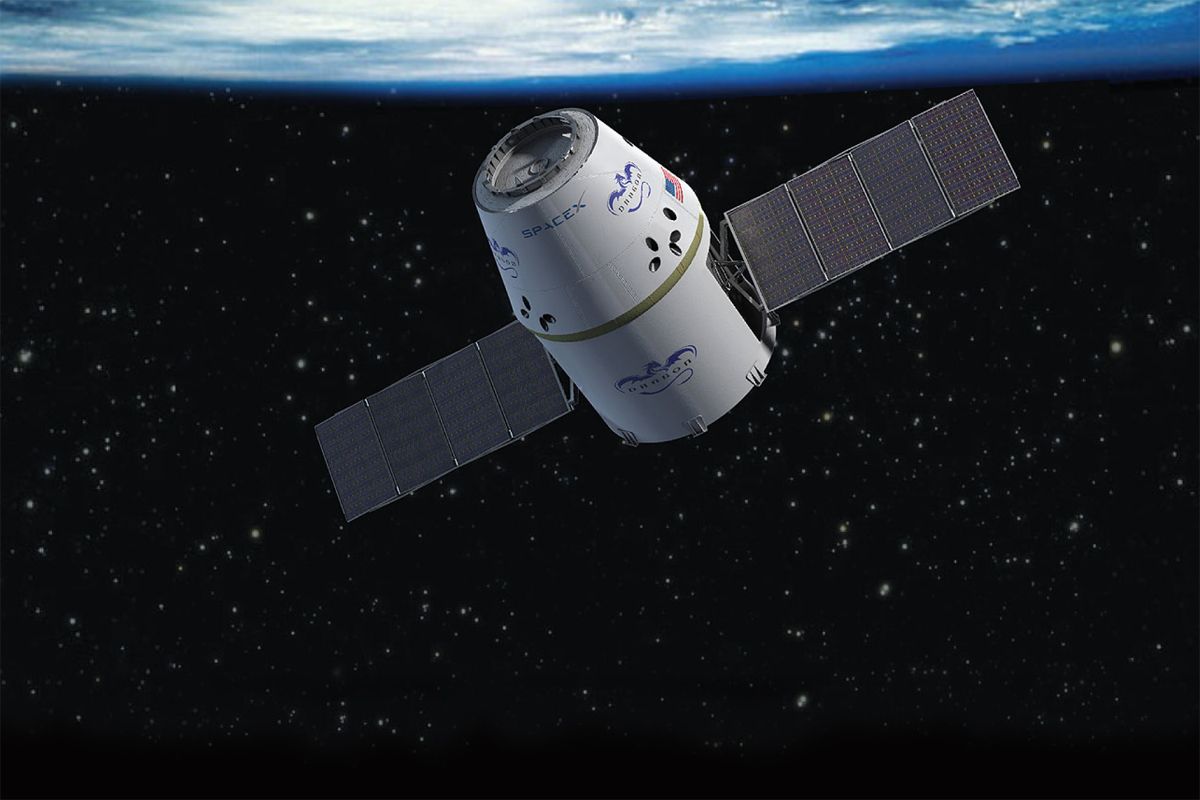SpaceX's Commercial Spaceship Chasing Space Station in Orbit

The first commercial spacecraft ever launched toward the International Space Station is playing a game of catch-up today (May 23) as it heads toward an unprecedented rendezvous with the orbiting lab.
Dragon, built by commercial rocket firm Space Exploration Technologies Corp. (SpaceX), launched atop a Falcon 9 rocket from Cape Canaveral Air Force Station in Florida early Tuesday (May 22). The unmanned capsule will become the first non-governmental vehicle to meet up with the space station and attach to it at 240 miles (390 km) above Earth.
The spacecraft is packed with about 1,200 pounds ( 544 kilograms) of supplies for the space station, including food, clothing and student scientific experiments.
The launch went off flawlessly, after an earlier attempt on May 19 was called off less than a second before liftoff because of a rocket engine glitch. [Launch Photos for SpaceX's Dragon Capsule]
"We obviously still have to go through a number of steps but everything is looking really good and I would really count today as a success no matter what happens with the rest of the mission," SpaceX founder and chief engineer Elon Musk said after the launch.
On Thursday (May 24), the Dragon spacecraft will approach the station, flying 1.5 miles (2.5 kilometers) away from it in a maneuver designed to test its navigation and control systems. If all goes smoothly, the capsule will repeat the fly-by Friday (May 25) and eventually move close enough for astronauts Don Pettit and Andre Kuipers, inside the lab, to grab onto Dragon with the space station's robotic arm.
Pettit will use the arm to position Dragon on the end of the outpost's Harmony node, where it will be berthed for about a week. The hatches between the station and the space capsule are due to be opened on Saturday (May 26).
Sign up for the Live Science daily newsletter now
Get the world’s most fascinating discoveries delivered straight to your inbox.
The mission is a test flight for SpaceX, which has a contract with NASA to fly 12 cargo delivery runs to the space station over the next few years. If Dragon can prove it can safely rendezvous and berth with the station during this flight, those delivery missions could begin in the fall.
NASA has been working to hand off transportation duties to low-Earth orbit to the commercial space sector so the agency can build a new vehicle to take people to asteroids, the moon and Mars.
"This frees us up to really focus on below low-Earth orbit," said William Gerstenmaier, associate administrator for NASA's Human Exploration Operations Directorate. "We're looking for those bigger targets to push beyond. This lets NASA focus on those harder destinations."
This story was provided by SPACE.com, a sister site to LiveScience. You can follow SPACE.com assistant managing editor Clara Moskowitz on Twitter @ClaraMoskowitz. Follow SPACE.com for the latest in space science and exploration news on Twitter @Spacedotcom and on Facebook.












